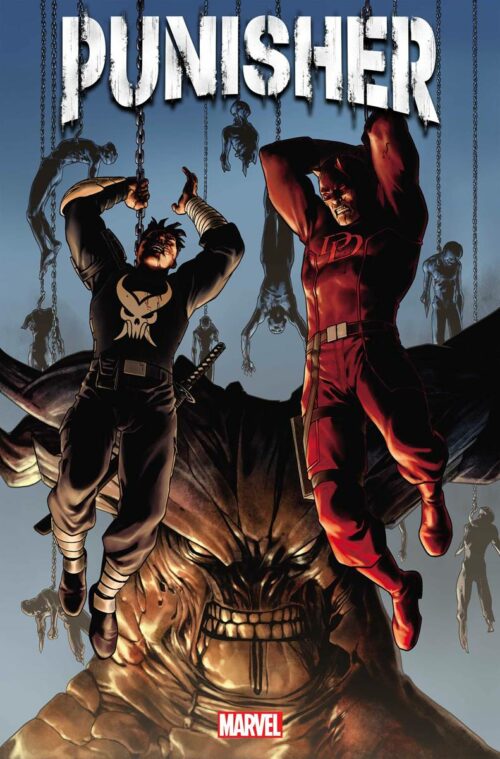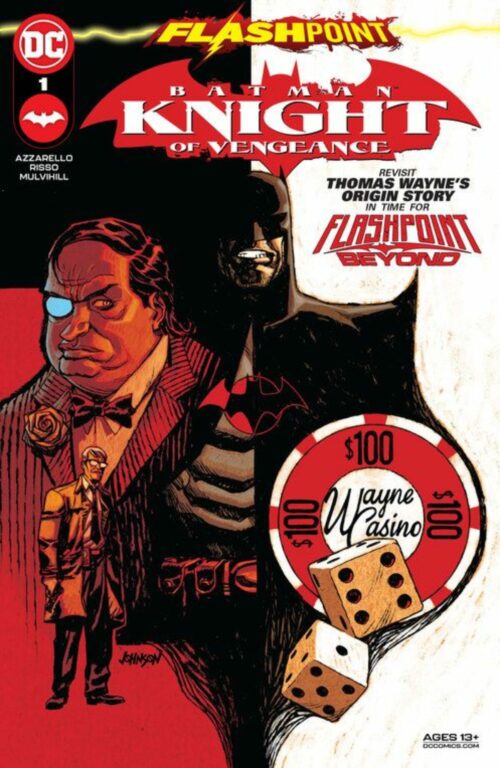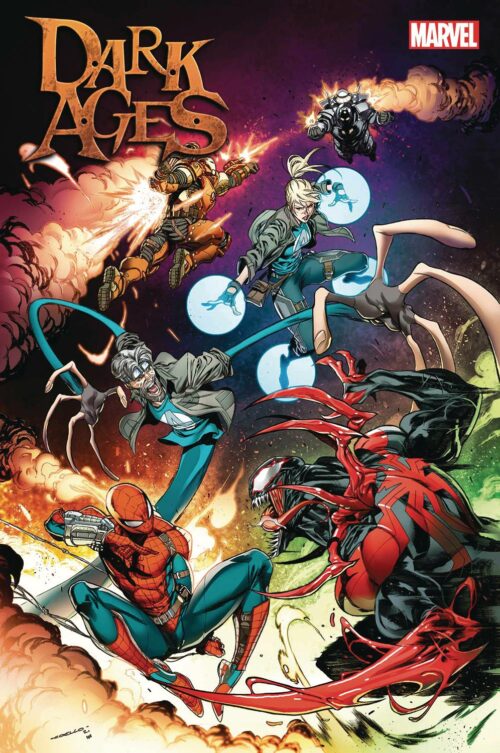
Punisher #7
(W) Jason Aaron (A) Jesus Saiz (Present) Paul Azaceta (Past)
When The Punisher came back after an indefinite hiatus, there were plenty of people who didn’t like the direction they were taking the character, even before picking up an issue. The guns were gone, replaced by a Sword. The iconic Punisher skull was redesigned and replaced. His mission to wipe the scum off the streets of New York had been replaced by a more worldwide cause, and is for all intents and purposes, an assassin whose targets are fed to him.
But why would Frank even consider being a tool of chaos and destruction for someone else? Well, they were able to deliver something to him that he’s always wanted – more time with his wife, who was of course slain along with his children at the beginning of his journey to becoming The Punisher.
This throws up plenty of questions about Frank’s state of mind. He knows that his wife is dead, but is willing to play along with the charade in a bid to disway his guilt over failing to protect her.
He gets to indulge in extreme violence and destruction, which has always been his modus operandi. And take out his rage and pain against the faceless hordes. But was he The Punisher in mind even before his family’s untimely demise? Has this predilection for violence always been there? This misguided sense of using violence to protect those who can’t protect themselves?
That’s what Jason Aaron has been doping throughout his run so far, choosing to split it over two timeframes, with a different artist tackles each period. Paul Azaceta handles Frank’s past, even going back so far to when he was a kid. While Jesus Saiz handles the art in the present. This dual exploration of Frank has been fantastic the whole way through the series, and #7 is arguably the best so far.
In the present, Frank is on a collision course with Daredevil. And that’s exciting stuff on its own, and there is some fantastic action in this issue. But for me, the guts of the issue lie with Frank when he returns from the war. His kids are scared of him. He can’t sleep in a normal bed, preferring a tent outside. He doesn’t know how to be intimate with his wife. He just feels he’s come back from the war broken.
But over the course of the issue those protective instincts kick in and he is able to find peace, as the children’s guardian and protector as much as anything else. And this makes knowing he ultimately fails them in that role all the more heart-breaking.
This is a fantastic series and arguably the best Punisher has been since the iconic Garth Ennis days. The first trade is already available and if you even have a passing interest in the character, should be deemed absolutely essential.


